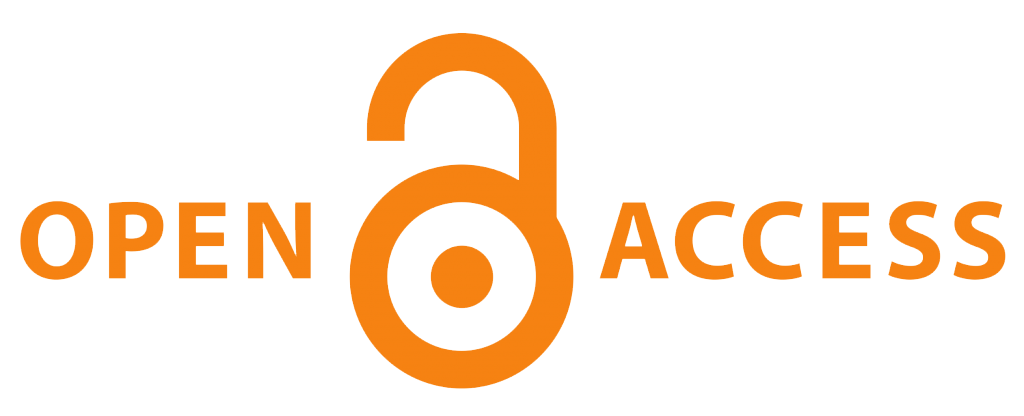Read more
Mechanically responsive nanoparticles
Understanding and exploiting the effect of mechanical stress on nanoparticles in biological media
Project leader: H.-A. Klok
Team: A. Fink, B. Rothen-Rutishauser, C. Weder
In addition to stimuli such as pH, redox potential, light or temperature, mechanical forces are also of great use to trigger and modulate drug delivery. Examples include the use of shear forces to disrupt nanoparticle aggregation or the application of ultrasound to transiently destabilize polymer micelles and trigger drug release. Mechanical forces, so far have been put to use to modulate non-covalent interactions. There is recent work in the literature that suggests that swelling of bulk hydrogels or microgel particles can activate mechanophores that are incorporated in these gels and trigger the cleavage of covalent bonds. Similar observations have been made on densely chain-end tethered polymer films, which were found to undergo degrafting upon exposure to good solvents that swell these films. The central question that underlies this project is whether swelling of polymer nano- or microparticles or of the polymer coating on metallic or inorganic nanoparticles in biologically relevant media (both in presence as well as absence of biomechanical stimuli) can also activate bonds in these polymers towards chemical reactions. On the one hand, we will investigate whether this has an impact on the colloidal stability of such particles, either in biological media or upon interactions with cells. On the other hand, we will try to design particles that make productive use of biomechanical stimuli to generate responsive delivery systems. The interactions of these particles with cells will be performed in collaboration with Module 3 researchers.
Main investigator
Involved people
- Related publications
- Related projects as project manager
Projects of FINK Alke
Projects of ROTHEN Barbara
Projects of WEDER Christoph






 Link.jpg)


